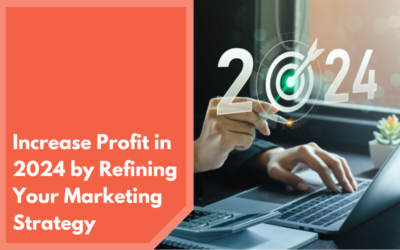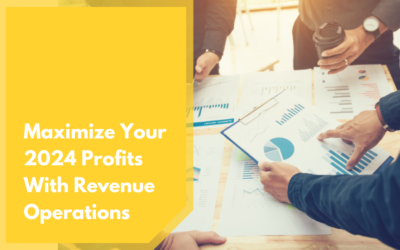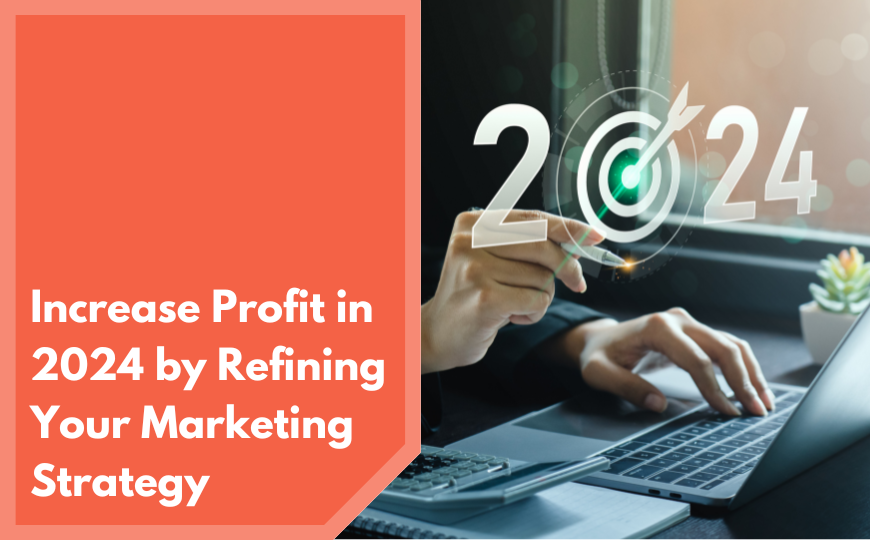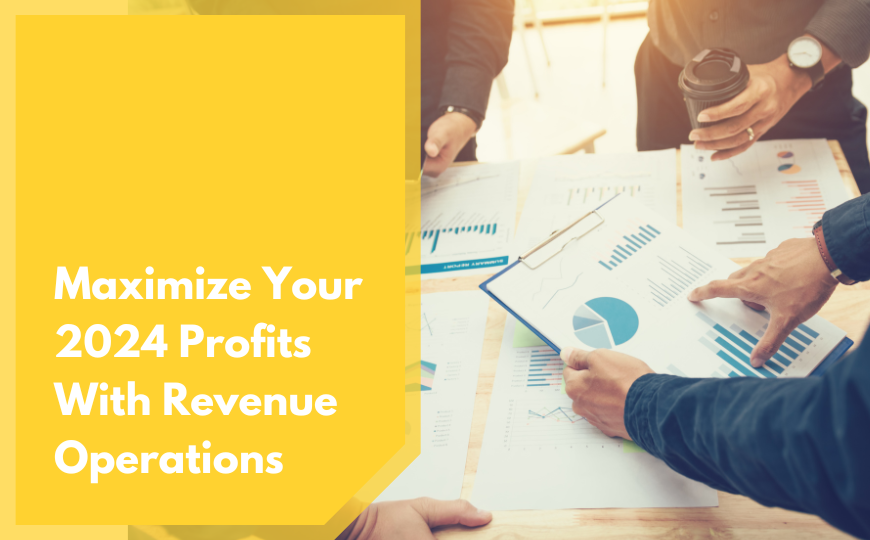What Is Intent Data and Should It Matter?
When your prospects take a series of online actions, their digital footprints can be knitted together to tell us a story about their purpose – or intent. These footprints can come from many sources, such as search queries, website visits, downloads or even engagement with various social platforms, such as Facebook and YouTube or blogs.
Not only can we discover their current objective but we can also surmise their future intent.
Each individual signal already tells us a lot, but when we group them together, live and in order, we are able to extrapolate dynamic and powerful engagement patterns that can tell us even more about their preferences, information needs, propensity to take an action and finally, their intent to make the purchase. This not only helps us with an individual prospect, it informs us about similar audiences.
Live intent data goes beyond the usual demographic and psychographic data you may currently gather and utilize. It actually helps identify current user needs by taking the guesswork out of your traditional targeting efforts. But the data must be fresh – to ensure accuracy – and we must act quickly. If we wait too long, the future action we’re attempting to predict and capitalize on may happen before we have the opportunity to respond.
So, Where Can You Find Live, Fresh Data?
You can find the data you seek in one of two places. The first is fairly easy, relative to you, and cost-effective. And you can get it quickly. The second, not so much.
The best source is first-party data – that data you collect from your own site. An example is someone who has visited and left. Perhaps, an abandoned shopping cart. You may already be using that data for retargeting ads. If accessed quickly that data could be considered live data. And, if combined with more data from sources previously mentioned along with the right technology, you can put the data together in a more useful way to determine your prospect’s intent.
Your first-party data is fundamental because it’s completely unique to your brand. It is the only data source that reflects the strongest indication of your potential customers’ intent. You can see exactly what your prospect is interested in – and in real-time.
The second data source is from a third-party source, which is generated by someone else; usually, a data collection company. This data provides information on prospects that only might be interested in your brand and what you have to sell. The data is not fresh, is often not granular enough to be considered a true intent indicator, and you usually have to buy it. Many market researchers think data from third-party sources are a waste of resources – both time and money.
How Is Intent Data Collected?
To collect first-party data, you can work with a retargeter who places a pixel on your website. This pixel allows them to collect the invisible bread crumbs your visitors scatter as they browse around the web. As a result, they are able to determine what your prospects find interesting.
Now What?
Intent data is very useful because today’s customers are increasingly fragmented and have access to so many different platforms and channels. Nevertheless, based on the data collected, you can create completely customized campaigns targeted to specific customers.
It also helps you meet many other marketing goals beyond simply identifying your potential customer’s objective. It gives you the opportunity to take action and engage with that customer directly. Few other data sources can offer this opportunity. First-party data could be one of your most valuable assets.
Is It Worth the Effort?
It very well could be. Adding yet another layer of data collection to your marketing strategy definitely complicates things. But, it does give you the opportunity to discover new business opportunities by establishing more qualified leads and reaching them earlier in their buying journey. That could mean closing more deals. And, besides increased sales, you can also leverage intent data to promote content and brand affinity.
Intent-driven marketing is fairly new and somewhat complex. And, it may be a challenging transition for your team in the short-term. But it could be a strategy that is well worth the effort.
Graphic source: www.magnetic.com





